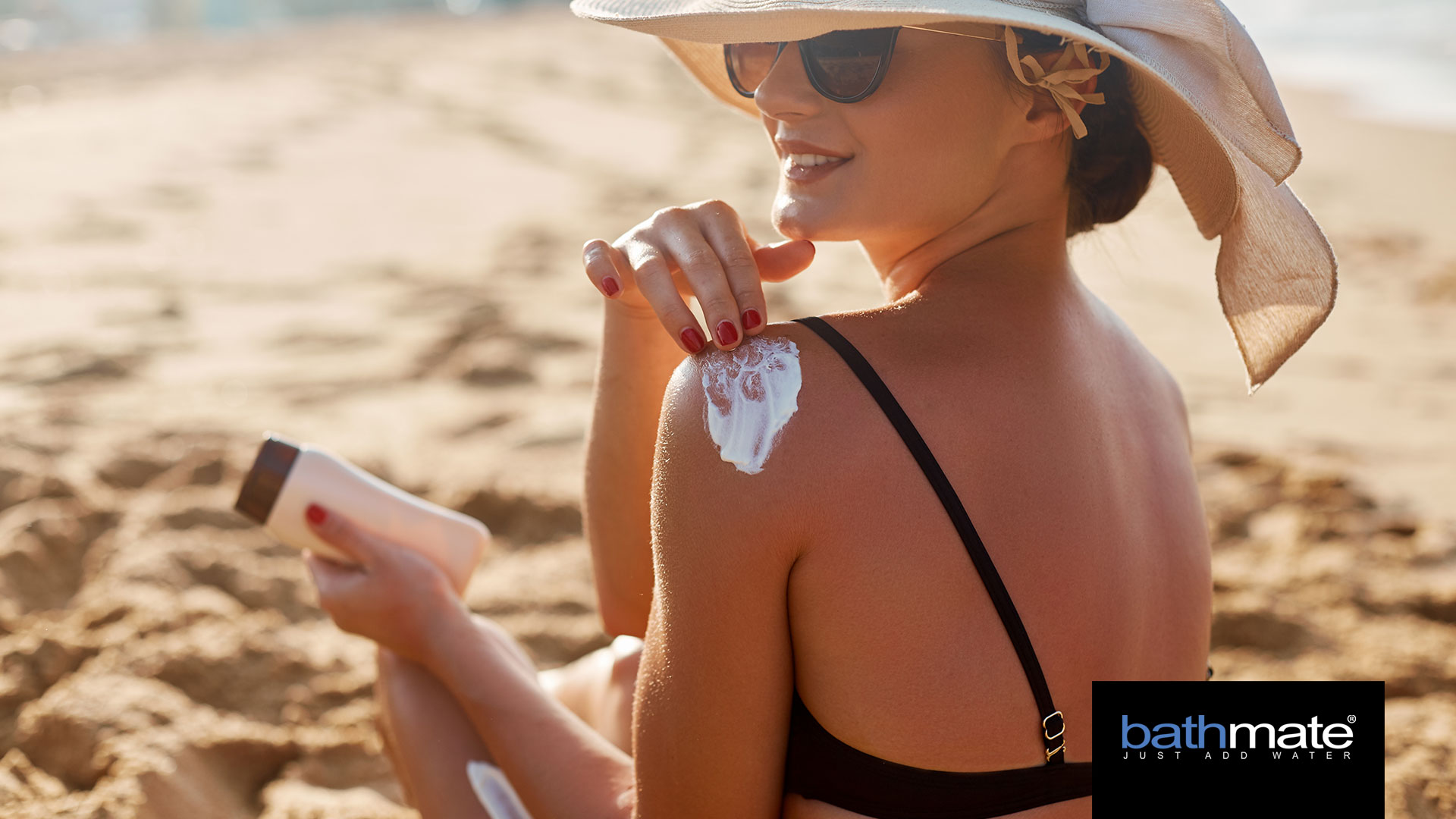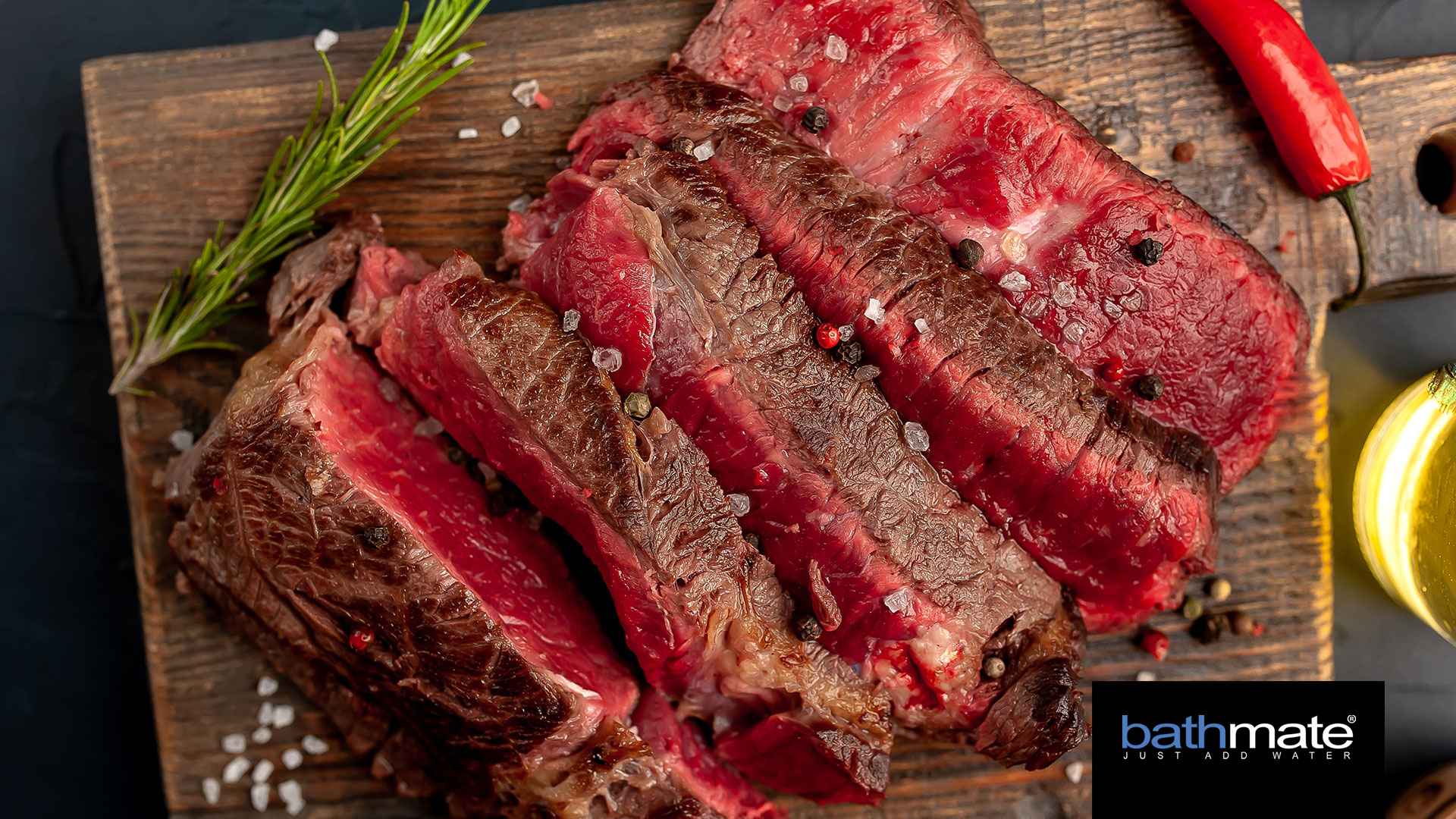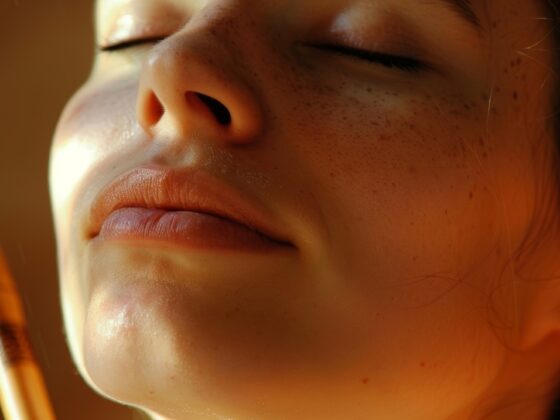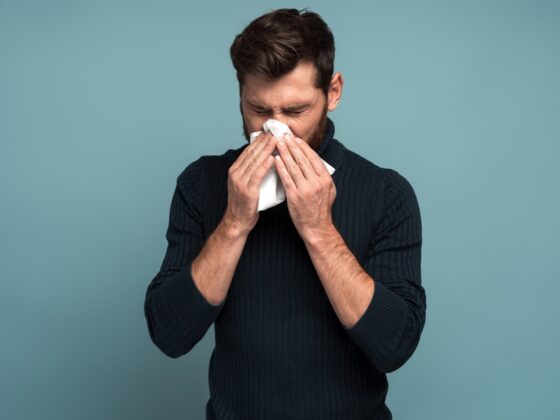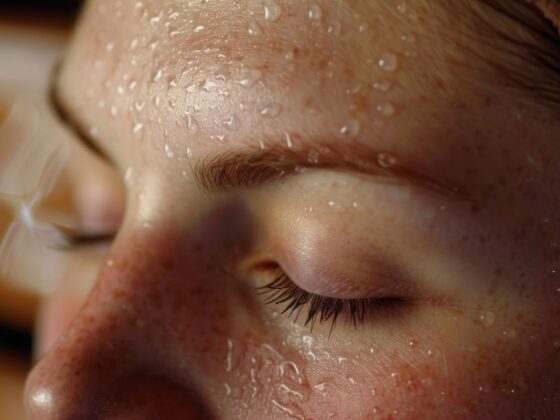Last Updated on 18th August 2021 by Charlie Walsh
Having this level of protection is absolutely imperative to stop us from getting sunburn (which in some cases can be extremely dangerous) to something far more serious like skin cancer.
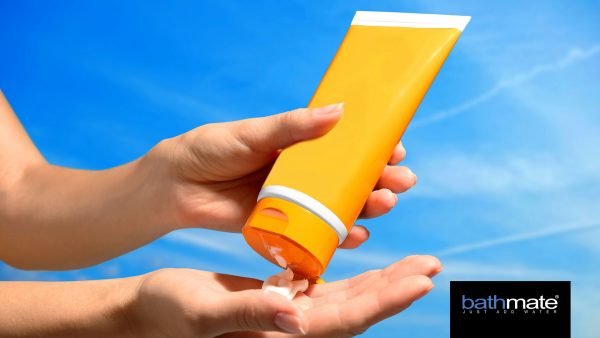
Protection
There are varying degrees of protection available depending on age, type of skin and strength of sun. There really is no reason not to protect yourself against the sun’s harmful rays. This is especially important for children and the elderly.
But have you ever considered wearing suntan lotion all year round? There is something in this you know. During spring and autumn, even some winter days the sun can still reach potentially damaging levels during the day.
Let’s delve deeper into his and look at the benefits of wearing sun tan lotion all year round.
Most of us think that the sun is only dangerous for our skin during the summer months. Actually, this is not true. Even if you do not see the sun’s rays, it doesn’t mean that it will not affect you. The truth is that during the winter time the sunlight can sometimes be even stronger than during summer. Have you ever seen people who spend their winter holidays in the Alps? As if by some miracle, they always come back tanned, especially face, shoulders etc. That is why we have to protect our skin all year long.
SPF
So let’s explain what SPF is. SPF is the sun protection factor and describes the amount of protection a product contains against the sun’s damaging rays. The SPF amount also shows how much extra time we can spend in the sun. Additionally, the amount of time that you can spend in the sun also depends on the skin type you have got. There are six skin types:
1 type extremely fair skin, always burns, never tans
2 type fair skin, always burns, sometimes tans
3 type medium skin, sometimes burns, always tans
4 type olive skin, rarely burns, always tans
5 type moderately pigmented brown skin, never burns, always tans
6 type markedly pigmented black skin, never burns, always tans
Sun rays can also be called ultraviolet radiation. The radiation changes our skin colour and that is why so many people get tanned. But do we think about the risks the whole year round? The first and potentially biggest risk to most people is called erythema (but most of us usually know it by the name sunburn). It can also happen during winter time when you want to have that “healthy glow” and go to tanning beds. There are people who are addicted to tanning and this is called tanorexia. What happens to our skin when we do not use sunscreen all year? For example you may get – thickening of the outer layer of skin, freckles, moles and premature skin ageing (your skin loses its elasticity), increased dryness and wrinkles and all types of skin cancer.
What are the benefits of wearing sunscreen all year round?
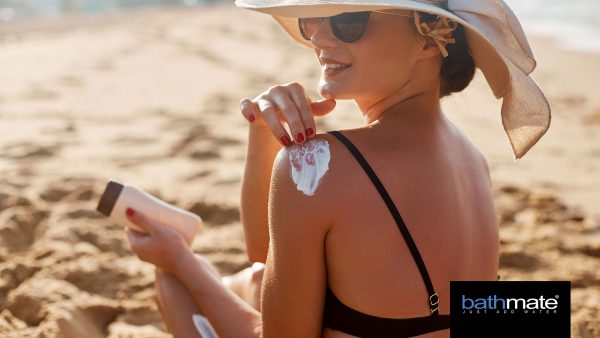
Vitamin D
You can say that a bit of sunshine gives us vitamin D that is necessary for us. Ok, it is true that the sun has some advantages but you need to know that the harmful rays that penetrate the ozone layer (and it’s getting worse every year) damage our skin a lot. Sunscreen applied the whole year round helps to block the dangerous rays and protects us from skin diseases.
Skin photo-ageing. The sun damages our skin (not only the outer layer but also inner layers as well) causing wrinkles, dryness, irritating blotchiness and eruptions of red veins, lack of elasticity, grey colour etc. Sunscreen is a miracle for our skin and works as a shield the whole year round.
Sunscreen protects our skin from sunburn. Sunburn cause peeling, swelling, redness, hives, itching, and blisters. Protecting your skin the whole year helps your skin stay healthy and young.
Sunbathing puts you at risk of being harmed by the dangerous ultraviolet B rays. Remember to apply sunscreen every two hours, especially if you have the skin types 1 and 2.
Some of us think that wearing long sleeve clothes protects us from the sun damage. Unfortunately, sun rays go through the clothes that we wear. That means that we have to put sunscreen on even if we wear long sleeve clothes and trousers.
What kind of sunscreen should I choose?
The most important thing is that our sunscreen should contain these ingredients: titanium dioxide, octyl methoxycinnamate (OMC), avobenzone (also called parsol), and zinc oxide. Your sunscreen needs to be non-comedogenic and hypoallergenic. That kind of sunscreen protects us from ultraviolet rays A and B, protects from rashes, clogged pores, acne, and sunburn. Your sunscreen can be also waterproof but that is down to preference – if you use your sunscreen during winter, the lotion does not need to be waterproof unless you are venturing out into the rain or snow!
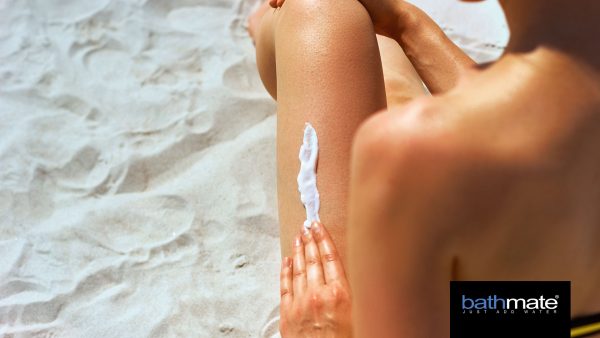
How often we need to put it on our skin?
Sunscreens are like shields for our skin. You may not notice the benefits now, but using it will benefit your skin in the future, trust us. If it is winter day, a sunny day, skiing in the Alps, working outdoors or enjoying a sunbathe at the beach, it is necessary to apply sunscreen every two hours to protect your skin from sunburns. If you haven’t ever used a sunscreen – no problem, just start now. There is no specific time to start using sunscreen. Now you can have a healthy looking skin and protect your skin all year long. Remember to check also the best before date on your sun screen’s label. It is not healthy to use out of date lotions because the protection level is lower and can cause skin damage. Check the date and get rid of an old bottle and buy a new one.
